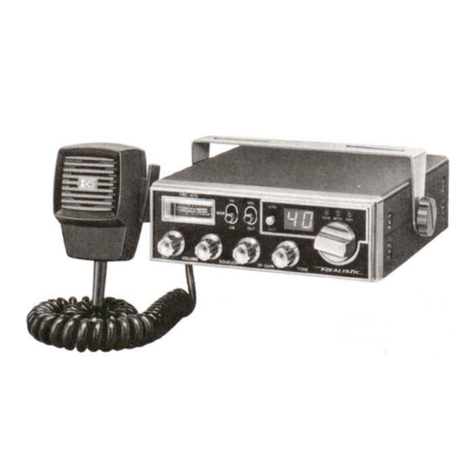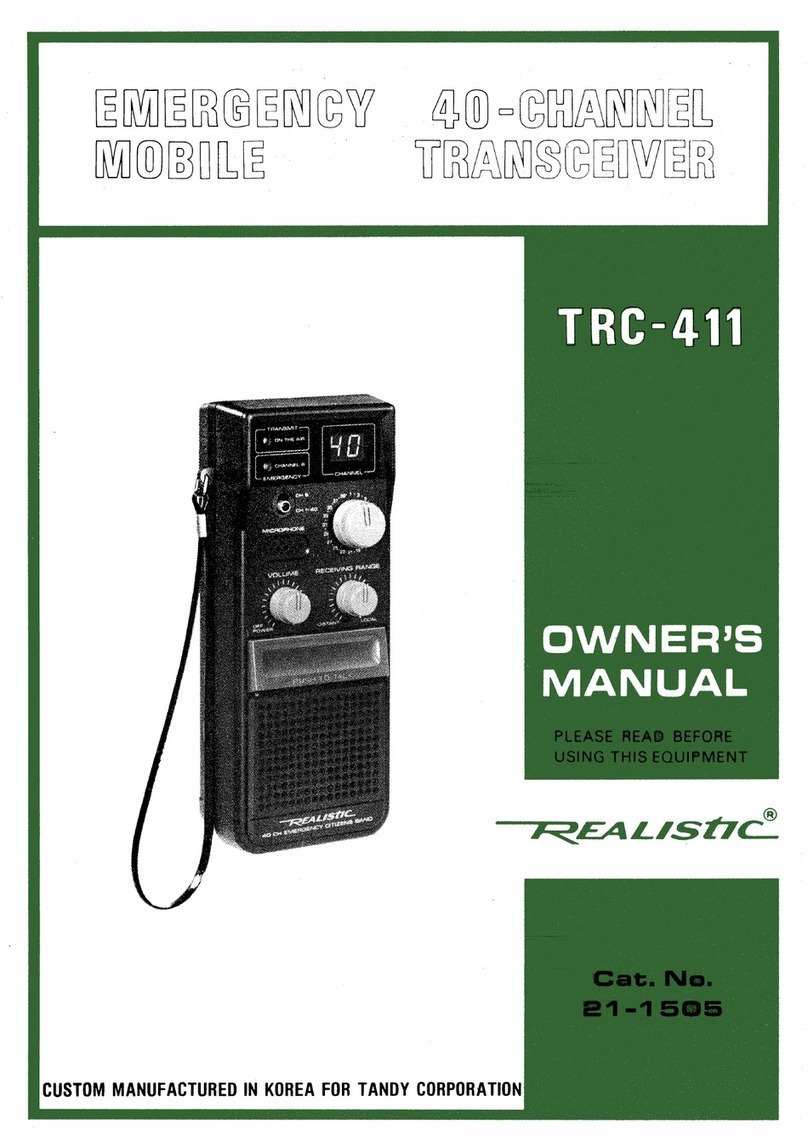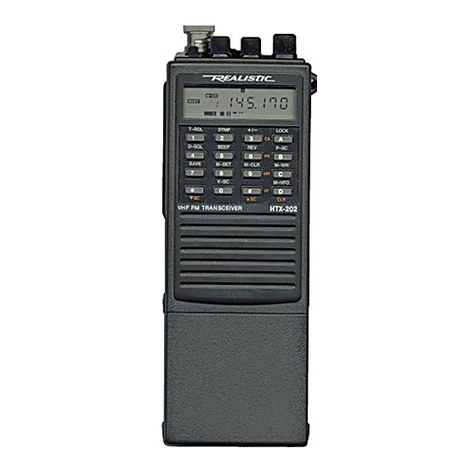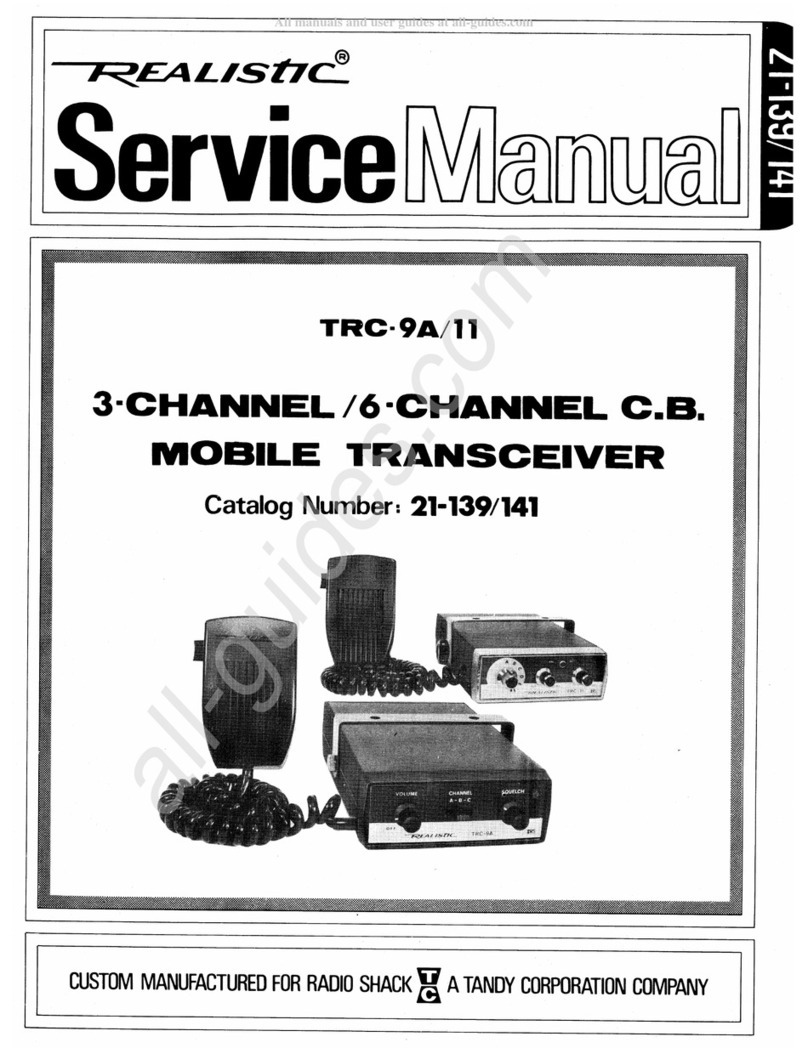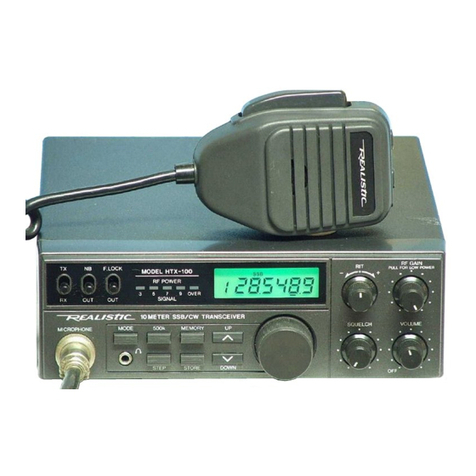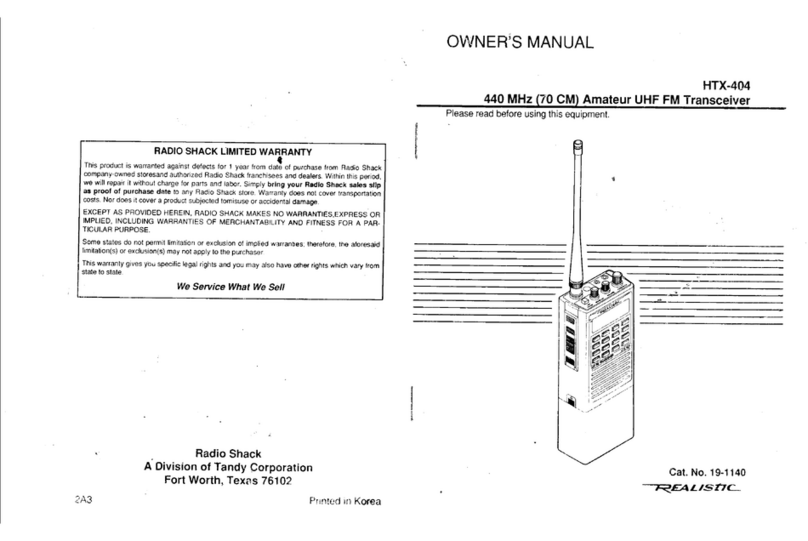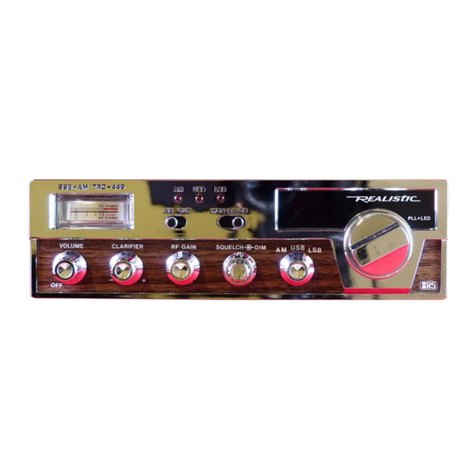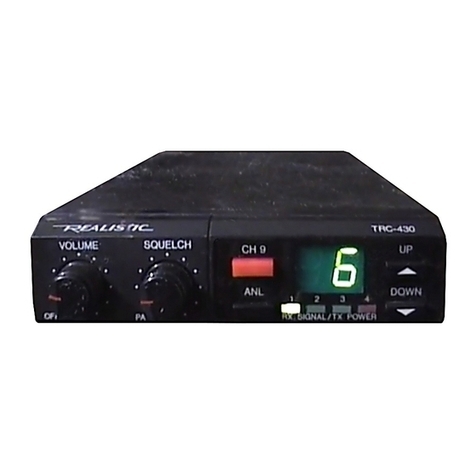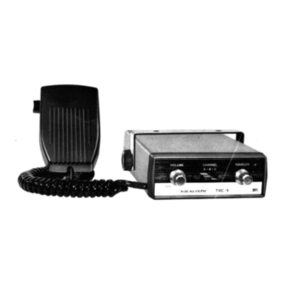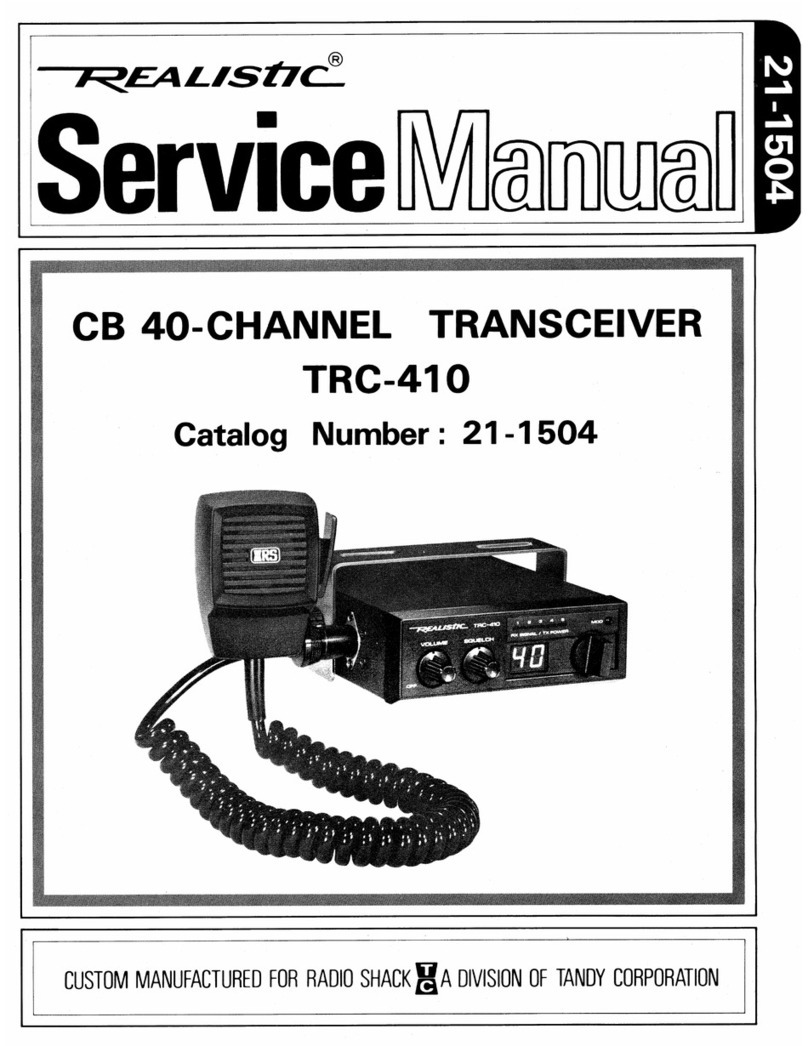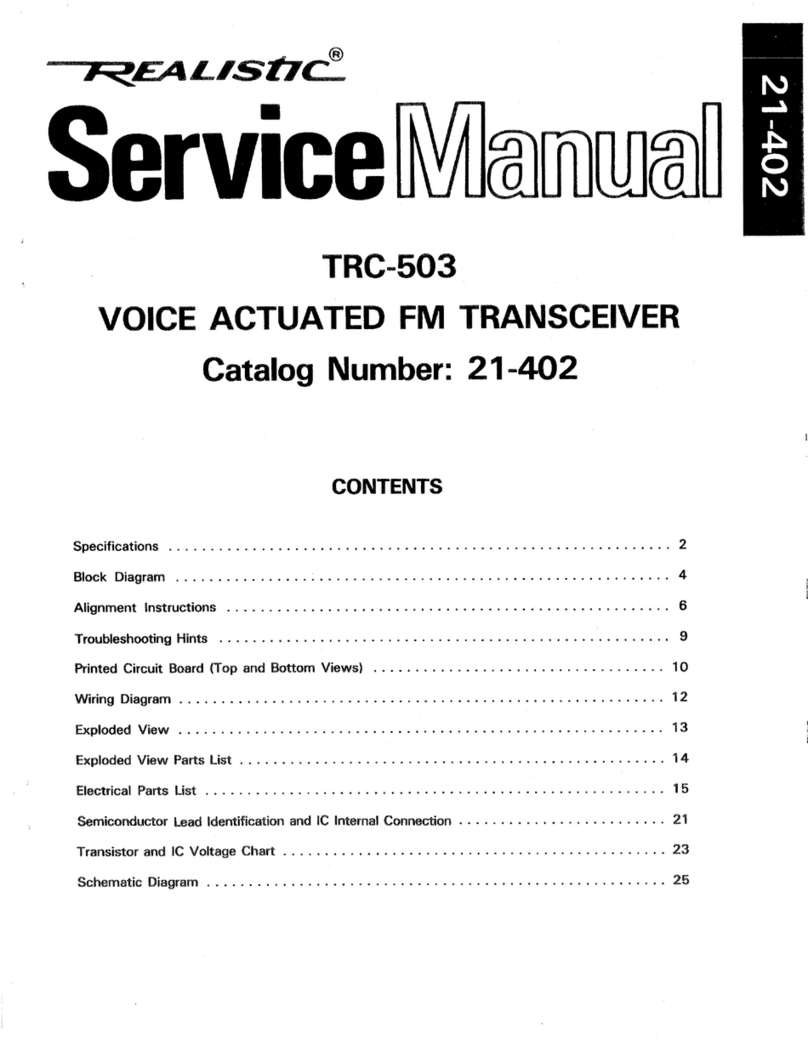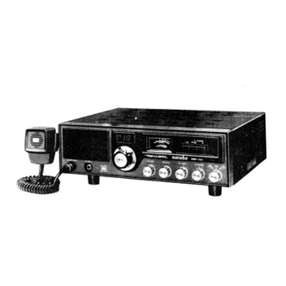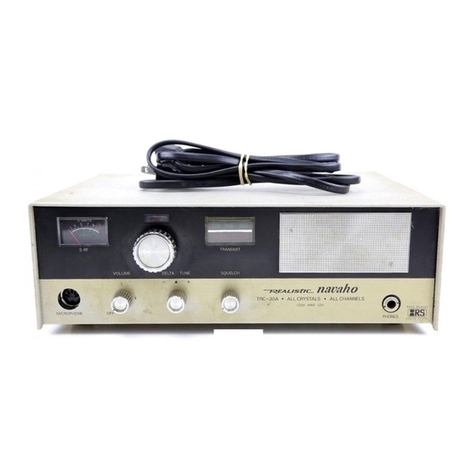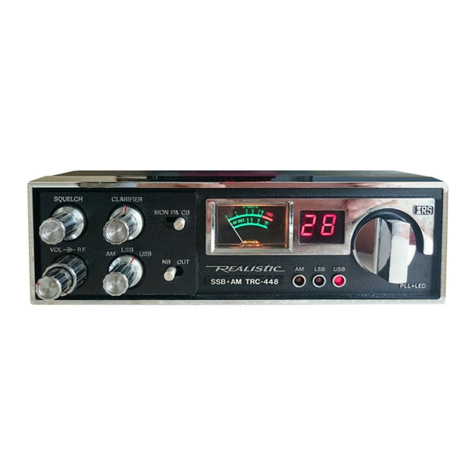
INTRODUCTION TO AMATEUR RADIO
We
designed your
HTX-1
00 transceiver to be the perfect
first radio for anyone entering the exciting world of amateur
radio. From your car, home, or boat, you will find that your
transceiver opens a door to the world -literally!
All
you
need is a source of electricity, a suitable antenna, and,
most important of all,
an
Amateur Radio Operator's License
issued by the Federal Communications Commission
(FCC).
You might already have a license.
In
fact, you might have
been a ham operator for many years. But, if you do not
have a license, you will find that it is easy to get one, and
that there
is
much help available. Here are afew tips to help
you get started.
First, go ahead and hook up your transceiver as described
in
the "Installation" section of this manual. Use the receiver
to
tune around
on
the band to see what is going on.
Do
not
even think of transmitting until you get your license!
That
is
very important. Transmitting without a license is a
violation of Federal law that can lead to severe penalties.
Also,
ham operators take the FCC rules very seriously and
want nothing to do with
bootleggers-
their term forpeople
who
operate without a license.
Second, find out if there is a ham radio club
in
your area.
There are thousands of clubs across the country, so there
is probably at least one
in
or near your own community. The
people at the store where you boughtyour equipment might
be able to tell you. If not, and if you do nothear anyone talk-
ing about a local club
in
your area as you tune around the
band with your receiver, write to the American Radio Relay
League (ARRL) for information
on
howto contact their local
affiliate. Most clubs welcome newcomers and are glad to
help you get your license.
Next, start studying for your license.
Do
not let the word
study scare you, because most people can go from know-
ing absolutely nothing about amateur radio to passing the
basic (Novice) class license exam
in
fewer than 40 hours of
study spread out over a couple of weeks. The exam tests
your knowledge of basic radio regulations, elementary
radio theory, and slow speed Morse Code. Many clubs
teach license classes (a fun and easy way to learn about
amateur radio), and there are good books, cassette tapes,
computer prqgrams, and many other study aids available.
The ARRL publishes a book,
Tune
in the World with Ham
Radio which is usually packaged with two tape cassettes
and has all you need to know. Radio Shack stores also sell
FCC License Preparation packets for Novice, Technician,
and General Class licenses.
5

